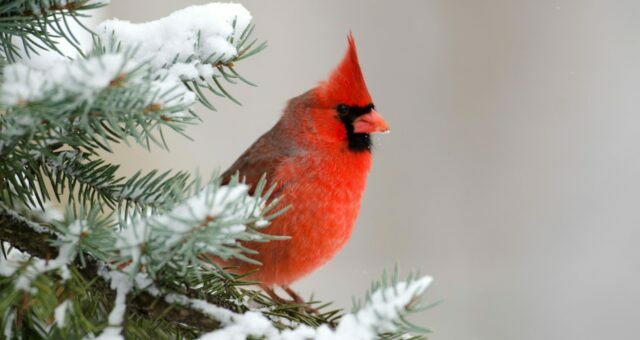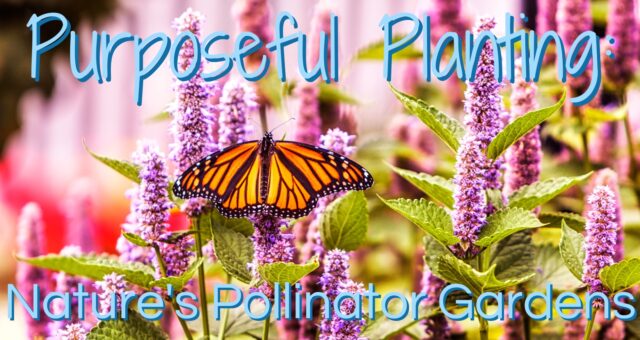Americans have a lawn addiction. Drive through a typical U.S. suburb, and you’ll see dozens of lush, manicured, weed-less yards, watered by clicking sprinklers. The fixation has spread across the nation — estimates suggest that between 30 and 40 million acres of U.S. land are devoted to turfgrass, and we spend roughly $40 billion annually on seed, sod and the chemicals we need to care for them. Whether you already have a perfect yard or you’re trying to get one, you’ll probably have to invest in lawn products. Vibrant green grass doesn’t weed itself, so we douse it with herbicides, pesticides and fertilizers. In fact, we apply 90 million pounds of fertilizer and around 80 million pounds of pesticides on our lawns every year, which is about ten times the amount spread over farmland. Because we use so much of them, conventional pesticides and fertilizers impact more than our yards — they affect both our health and our ecosystem. We’ve gathered the details on how — and why — you should care about the type of lawn products you apply to your lawn, along with some tips on how to make the switch from conventional to organic supplies.













